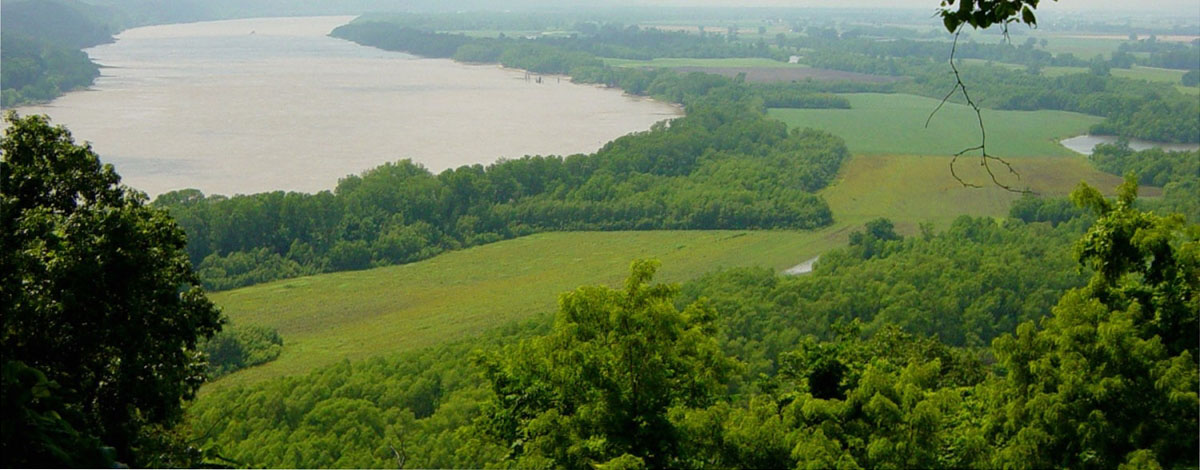Planting Memorial and Celebration Trees in Illinois
Why We Plant Trees in Illinois
Known for its rich prairies, rolling farmland, and forested landscapes, Illinois offers an opportunity to contribute to environmental restoration while celebrating life’s milestones. Planting a tree here supports the state’s diverse ecosystems, enhances urban and rural green spaces, and helps combat the effects of climate change. Illinois’s forests cover nearly five million acres, playing a vital role in protecting biodiversity, stabilizing soil, and filtering water resources. Tree planting efforts across the state help restore degraded lands, improve air quality, and support local wildlife. Illinois’s reforestation projects also focus on connecting fragmented forests, ensuring future generations can enjoy the state’s natural beauty.

Which Trees Grow in Shawnee National Forest?
Shawnee National Forest, the largest public forest in Illinois, spans over 280,000 acres in the southern part of the state. This diverse ecosystem is home to a variety of tree species that contribute to the health and resilience of the region’s forests. Common species that thrive in Illinois can be found here, including:
White Oak (Quercus alba): Illinois’s state tree, known for its strong wood and wildlife benefits.
Eastern Redbud (Cercis canadensis): A striking understory tree with vibrant spring blooms.
Shagbark Hickory (Carya ovata): A valuable nut-producing tree supporting local wildlife.
Tulip Poplar (Liriodendron tulipifera): A fast-growing hardwood species ideal for reforestation.
American Sycamore (Platanus occidentalis): A large riparian tree that helps control soil erosion along riverbanks.
Reforestation Projects in Southern Illinois
Several key reforestation projects are currently aimed at restoring Illinois’ native forests and improving ecological resilience. Located along the Mississippi River, the Southern Illinois Dogtooth Bend project focuses on planting trees for long-term benefits. These efforts help to restore floodplain forests, prevent erosion, and enhance habitat biodiversity for native wildlife.
Underplanting is a reforestation strategy that involves planting young trees beneath an existing canopy to restore and enhance floodplain forests. This method helps reestablish native tree species, improve biodiversity, and stabilize ecosystems affected by flooding, erosion, and land degradation. By selecting flood-tolerant species suited to the local environment, underplanting supports natural regeneration and increases the resilience of floodplain forests. The active reforestation initiative to support underplanting to restore Mississippi River floodplain forests works to introduce young trees under existing canopies. This strengthens forest structure and increases species diversity in flood-prone areas.
Honor the Legacy of Illinois Forests
Planting a tree in Illinois with The Trees Remember ensures your contribution supports active reforestation efforts. By selecting native species suited to Illinois’s climate, these projects enhance biodiversity, restore degraded lands, and strengthen natural landscapes. Contribute to the environment while commemorating special moments. Join us in our efforts to restore Illinois’s forests.